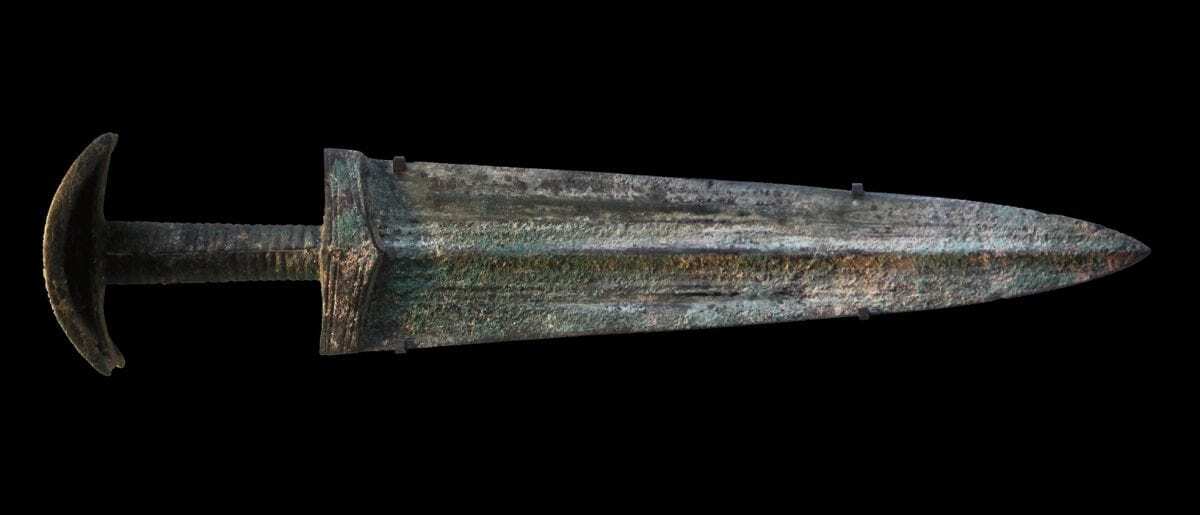Since the 19th century, collectors have become increasingly interested in weapons from ancient Asia and the Middle East. In an attempt to fight forged copies, physicists are now adding their imaging power to better authenticate these weapons; the fakes can’t resist the investigative power of X-rays combined with neutron imaging.
In a study published in EPJ Plus, an Italian team, working in close collaboration with the Wallace Collection in London and the Neutron Imaging team at the Helmholtz Zentrum Berlin, has demonstrated the usefulness of such a combined imaging approach to help museum curators in their quest to ensure authenticity.
Filament Salvemini, currently affiliated with the Australian Centre for Neutron Scattering ACNS at ANSTO in Lucas Heights near Sydney, and colleagues can now reliably tell first-class modern copies of early daggers and swords from authentic ones.
In this study, the authors focus on a kris – the distinctive weapon of Malaysia and Indonesia – and a kanjar – a double-edged dagger with a slightly curved blade and a pistol-grip made of metal, ivory, jade or some other hard-stone found e.g. in Persia and India.
The team relied on non-invasive techniques, based on the interaction of radiation with matter, to effectively complement conventional studies based on the surface analysis of weapons. As a result, they were able to characterise their entire 3D volume. As part of the authentication process, they were also able to identify the manufacturing method used for the respective dagger on the basis of the bulk morphology and microstructure of the metal.
The authors found the internal structure of the traditional kris examined in this study was inconsistent with descriptions of traditional forging methods to be found in the extant literature, thus suggesting the artefact was a fake. By contrast, the kanjar analysed in the study is most likely to be authentic, as the material distribution in the volume of the blade conforms to traditional metallurgical processes. Clues such as the presence of bulk defects and metal layers of different composition provide further insights concerning the thermal and mechanical treatments used for both types of weapons.





